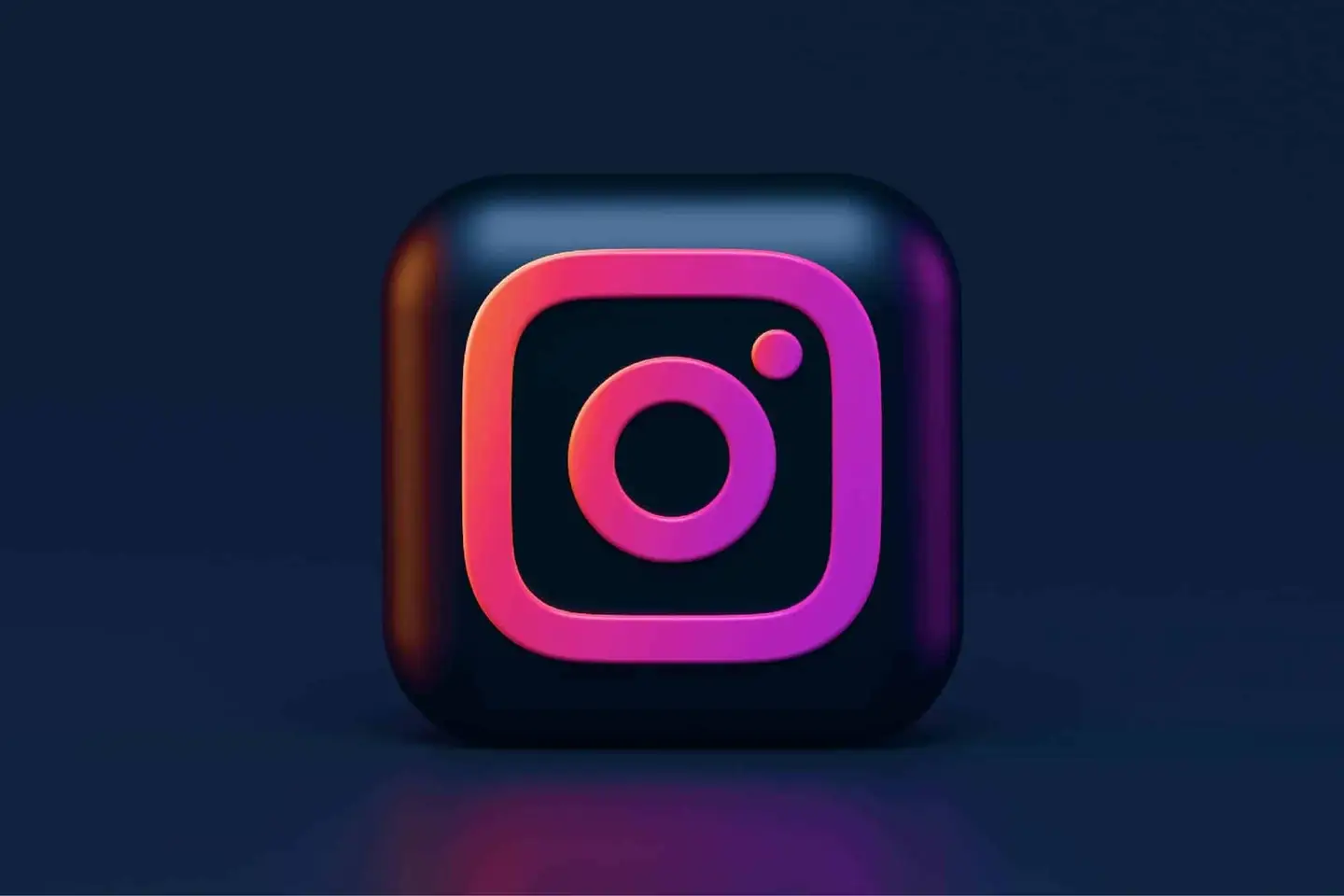Instagram Ads has been one of the biggest PPC platforms since Facebook released them several years ago, and they’ve only continued to gain popularity with advertisers (and effectiveness) as Stories Ads and now Reels Ads have rolled out.
Instagram Ads is even working to surpass Facebook; last year, Facebook’s global advertising reach increased by 6.5% while Instagram’s grew by 20.5%. Instagram Stories alone generated a quarter of the platform’s ad revenue so far this year, and it will be interesting to see how Reels changed that.
Part of the success is due to the fact that more users are turning to Instagram, and part is due to the fact that Instagram has always been a high-engaging platform. Users are as much as 58x more likely to engage with a brand on Instagram than on Facebook, and some of that behavior carries to advertising, too; Instagram Ads has around a .22% click-through rate (CTR) for in-feed posts and around .33% for Reels and Stories.
So we know that Instagram Ads are valuable… but that’s only one part of the equation. As many advertisers turn to Instagram advertising, they have a core question: How much do Instagram Ads cost in 2022?
It’s a tricky question to answer, so let’s dive deep into the benchmark costs of Instagram Ads in 2022 and what factors can impact your bottom line.
How the Instagram Ad System Works
Instagram Ads are run through the Facebook Ad system; all the ads you can run on Instagram are simply enabled as placements through Facebook’s self-serve ad manager, and you’ll typically run all campaigns on both Facebook and Instagram.
When you run ads through Facebook, you’re bidding in an open market. You’re essentially bidding to reach specific users, though you can optimize and pay for different results, including views, clicks, conversions, and lead form completion.
Ad cost will be influenced by a variety of different factors, but you will always have some level of control.
You can choose to set limits on your budget. You can set daily or total budgets (determining how much you’re willing to spend in total for a single campaign per day, or over the lifespan of the campaign).
You can also set target bid caps on different types of campaigns, which tells Facebook that they should either stick to a target cost for your actions (averaging out to where you want to be) or to ideally not go over the bid limit for individual actions when possible.
So while you can ultimately decide how much you’re willing to spend in total, the ad costs needed to get you the specific results you want can vary.
Why There’s No Easy Answer to “How Much Do Instagram Ads Cost?”
There will never be a single, easy answer to the question surrounding the costs of Instagram Ads, just as there isn’t one for Facebook Ads.
That’s because, as we mentioned above, the system works as an auction in an open marketplace. It’s a dynamic system with multiple factors impacting what your specific results cost. You’re in control of some of these factors, but not all, and you’ll notice that all of your different ads will likely have slightly different (and sometimes wildly different) costs per action CPAs.
The specific choices you make when creating the ad, what’s happening in the marketplace, your ad performance, and bid structures or limits can all play an important part in determining the cost of your individual Instagram Ads.
So What Are Instagram Ad Costs in 2022?
We know there’s no easy answer to Instagram Ad costs in 2022 or any other year for that matter, but we’re still going to do our best to give you one!
Instagram ad cost benchmarks are useful because they can give you a basic idea of what to expect and a baseline of where you may want to be.
Right now, we’re going off 2021 data, and most data shows that Instagram’s average CPC ranges from $0.40–0.70 USD. This includes all clicks, including shares, saves, and comments. The average CPC for Instagram Ads that have a destination URL is $0.50-0.90 USD.
WordStream also shared that the average Instagram cost per engagement in 2021 ranged from $0.01-0.05 USD, and that the cost per thousand impressions was $2.50-3.50 USD for high-performing campaigns.
The 6 Factors Influencing Instagram Ad Costs
When it comes to Instagram Ad cost, there are six different core factors that can impact how much you’re paying. Let’s take a close look at each one, the impact they have on your campaigns, and a few tips to keep your costs lower overall.
1. Placements
The placements you choose can impact how much you’re paying.
Historically, Stories Ads have had slightly costs per click (CPCs) and CPAs than in-feed campaigns, depending on other campaign factors.

Best practices state that you’ll run Facebook and Instagram Ads— along with the automatic placements— altogether, instead of focusing exclusively on Instagram Ads with individual campaigns.
In general, choosing to run ads with all placements enabled can keep your average costs low for this reason; you can balance out higher-cost and higher-engaging platforms with lower-cost options for a best-of-both-worlds situation.
2. The Audience You’re Targeting
The specific audience you’re targeting can directly impact your ad costs in several ways.
When you’re bidding, you aren’t just bidding on a flat fee for any placement against your primary direct business competitors. You’re bidding to show ads to specific segments of users that plenty of brands want to reach.
This means that your pest control business isn’t just competing against other pest control businesses; you are also trying to reach the same audience members as a local pizza parlor, a pilates studio, an online GED program for adults, and an eCommerce purse company.
More in-demand audiences can easily end up costing more. This can be difficult to predict.
High-quality audiences also typically cost more. Facebook is now able to assess what users are most likely to take specific actions, and they’ll pair up ads with users most likely to take the desired action you’re optimizing for. Users most likely to convert on an ad can sometimes cost more. While this may theoretically increase your customer acquisition costs (CAC) at a first glance, however, it’s important to note that these high-value users may also increase your ROAS and ROI. It’s a balancing act.
3. What’s Happening in the Market
Sometimes, Facebook costs just seem to go up and down. Trends shift over time, partially due to increased activity at different parts of the year. It’s not uncommon, for example, for costs to go up around the holiday season when consumers are in a buying frenzy.
Other changes— including pricing shifts based on Facebook’s own system, or new placements being rolled out— can also have an impact on pricing.
This one is completely outside of our control as advertisers, but we do recommend keeping a particularly watchful eye on your campaigns after any big changes to either Facebook or Instagram are announced.
4. Ad Relevance & Performance
There are plenty of reasons why you want your ads to perform well. Lots of clicks, video views, and conversions mean you’re closer to achieving whatever your goals may be.
Positive indications of relevance, however, also have a direct impact on cost.
This is where the Ad Relevance Diagnostics come into play. There used to be a single Relevance Score given to each ad, but this was broken up into three different metrics in 2019.
These scores look at past and current performance to assess how relevant your ads are to the audience reached. The three scores are:
- Quality ranking, which gives you information about your ad’s perceived quality compared to other ads competing for the same audience
- Engagement rate ranking, which looks at your ad’s expected engagement rate, including clicks, likes, and comments compared to competing ads
- Conversion rate ranking, which details your ad’s expected conversion rate compared to others competing for the same audience
Your Relevance Diagnostics are found in your Ads Manager dashboard; they’re standard performance columns. They’re important to watch because the higher these scores are, the lower your costs may be. Past experiments have found significant changes in CPC based on the relevance metrics, so keep an eye on these.
5. Bid Limits & Structure
As we’ve already mentioned above, you can choose to set bid caps on your ad campaigns if you choose. This will limit how much you’re spending per click, though it may also impact the quality of results or reach, so it’s a balancing act.
The specific bid structure also matters.
A bid limit is more restrictive than a target CPA. The bid limit tells Instagram that every click or action should ideally be under the number you’ve set. The target CPA tells Instagram to keep the average of costs at the number you set.
So say that number is $1.50. You want to keep customer acquisition costs around $1.50 per click. A bid cap will ensure that no clicks ever come even at $1.51. A target CPA will maybe have a few at $.90, and then a few high-quality clicks at $2 a pop. Your average will still come out to $1.50 but there’s a better balance with reaching more target audience members.
Facebook will try to hit these costs, but keep in mind that it’s never guaranteed; in some cases, these bids will go over your bid limit. That being said, Facebook will never go over your total or daily budget allotment.
6. Your Ad Objective
This is a big one.
The ad objective that you choose— and the actions that you’re optimizing for— can make a huge difference.
In many cases, choosing the Video Views objective and optimizing for ten-second views may be a lower cost than optimizing for lead form completion or some types of conversions.
Your objective is the first thing that you choose when creating an ad, and it’s imperative to choose the objective that aligns with the specific campaign you’re creating without taking cost into consideration. That’s because Facebook will look at your desired action and show the ad to users most likely to take that action. So if you want users to watch a video and then want them to purchase, you’d really want to choose a conversion or website traffic objective in many cases, because you don’t want them to just stop at the video.
Even once you choose your objective, you can often set specific parameters around what you want to bid on. Examples may include clicks, impressions, or conversions. This can shift how you’re paying, and ultimately, what you pay.
Final Thoughts
Instagram Ad costs can and will vary widely between brands, and even sometimes between campaigns. Don’t be afraid to test different types of ads, audiences, creatives, placements, and more to see what works best for your specific audience.
And if you need to lower ad costs quickly, keep the following tips in mind:
- Test a bid cap if needed to stay on budget, but consider choosing a target CPA option instead of a hard limit
- Focus on quality score, which can help lower ad costs quickly
- Automatic placements can be used to keep overall costs low while still taking advantage of Instagram’s high engagement
- Give your campaign at least two weeks to stabilize while Facebook learns about your audience (outside of insane or performance cost issues, which may need to be addressed sooner)
Having the right creatives and strategies in place is key. Working with a qualified, experienced ad agency can help you keep costs down and ROI high.


















